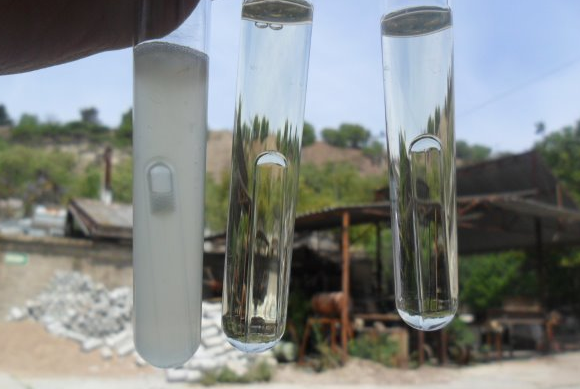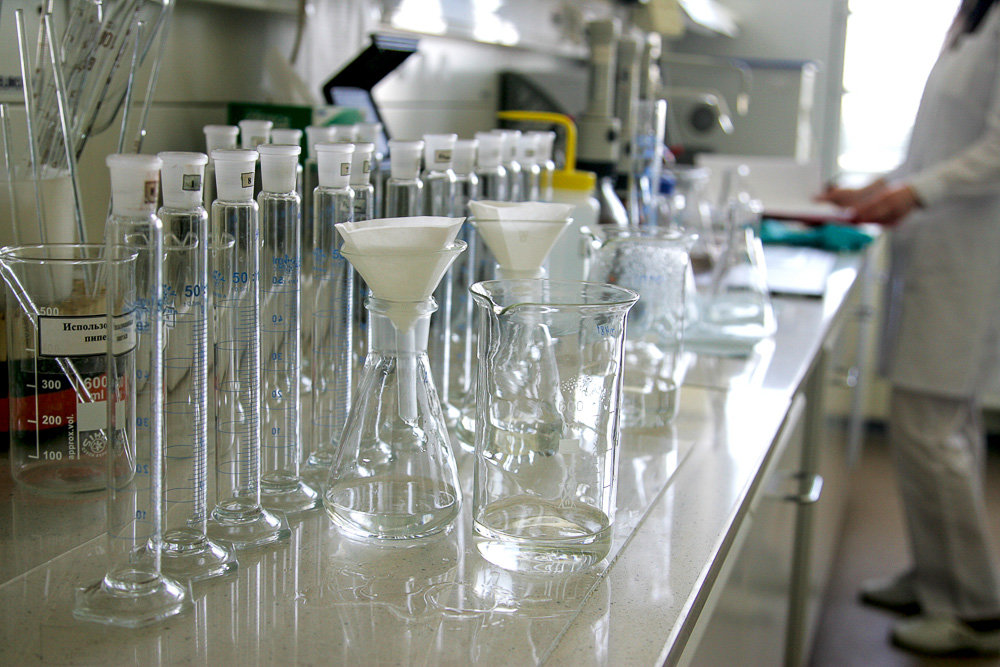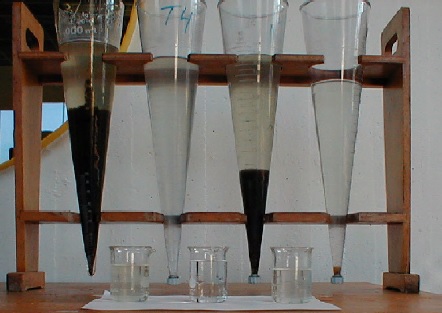
What is platinum cobalt standard colorimetry
The platinum diamond standard colorimetric method is the national standard method of drinking water and environmental water quality testing. This method is suitable for clean water, lightly polluted water with a slight yellow hue, such as surface water, groundwater and drinking water. When the water sample is not diluted, the minimum detection color of this method is 5 degrees, and the measurement range is 5-50 degrees. This method is easy to operate and stable in color. If the standard color column can be stored reasonably, it can be used for a long time, but potassium chloroplatinate is more expensive.The chromium-cobalt standard colorimetric method is an alternative to the platinum-cobalt standard colorimetric method, which is economical and practical. The chromium-cobalt standard colorimetric method uses potassium dichromate and cobalt sulfate as standard solutions. The reagents are cheap and easy to obtain. The precision and accuracy are equivalent to those of the platinum-cobalt standard colorimetric method, but the standard color sequence has a shorter storage time.

Reagents and equipment for platinum diamond standard colorimetry
1. Reagents(1) Optical pure water
(2) Potassium chloroplatinate
(3) Cobalt chloride
(4) Hydrochloric acid
2. Instrument
(1) Colorimetric tube with stopper: 50mL, complete set of high type colorless
(2) pH meter: accuracy ±0.1pH unit
(3) Volumetric flask: 250, 1000mL
(4) Pipette: 5, 10, 25mL
(5) Measuring cylinder: 250, 500mL
(6) Analytical balance: accuracy ±0.001g
(7) Ear washing ball
Preparation of platinum cobalt standard solution
1. Weighing: Weigh 1.246 grams of potassium chloroplatinate K2PtCl6 (equivalent to 500mg of platinum) and 1.00 grams of dry cobalt chloride CoCl2 6H2O (equivalent to 250mg of cobalt)2. Dissolution: Dissolve the weighed agent in 100mL of pure water, add 100mL of hydrochloric acid (P20=1.19g/mL).
3. Constant volume: Use pure water to dilute the dissolved medicine to 1000 mL, and the color of the standard solution is 500 degrees.
Preparation of platinum cobalt standard color column
Take 11 colorimetric tubes, add platinum and cobalt standard solution 0, 0.50, 1.00, 1.50, 2.00, 2.50, 3.00, 3.50, 4.00, 4.5mL and 5.00mL respectively, add pure water to the mark, and shake well. At this time, the chromaticity of the color sequence is 0 degree, 5 degree, 10 degree, 15 degree, 20 degree, 25 degree, 30 degree, 35 degree, 40 degree, 45 degree and 50 degree. It can be used for a long time, but it should be prevented. Evaporation and pollution.
Determination of water chroma
Take 50mL transparent water sample and place it in the colorimetric tube. Visually compare the water sample with the platinum and cobalt standard color column. The light should be sufficient during observation. The water sample and the platinum-cobalt standard color line should be juxtaposed. White paper can be used as a substrate to make the light pass through the colorimetric tube from the bottom up, and the eye can observe the colorimetry from the nozzle vertically downward. Record the chromaticity of the platinum-cobalt standard color column with the same chromaticity as the water sample, and obtain the water quality chromaticity value through the chromaticity calculation formula.
Precautions for the detection of water quality by platinum-cobalt standard colorimetry
1. The reagent should be analytically pure, and the pure water should be optically pure water2. The pH value has a relatively large impact on the chromaticity, and the pH value of the water sample should be tested while measuring the chromaticity.
3. When comparing color, if it is between two standard color columns, take the middle value
4. The platinum-cobalt standard colorimetric method is suitable for water samples with yellow tones, such as surface water, groundwater, drinking water, and lightly polluted and slightly yellowish water.
5. The turbid water sample should be centrifuged to separate the suspended matter or stand for clarification for a few hours, and then take the supernatant for testing
6. If the color of the water sample is >50 degrees, the water sample should be diluted by a certain multiple before color comparison



